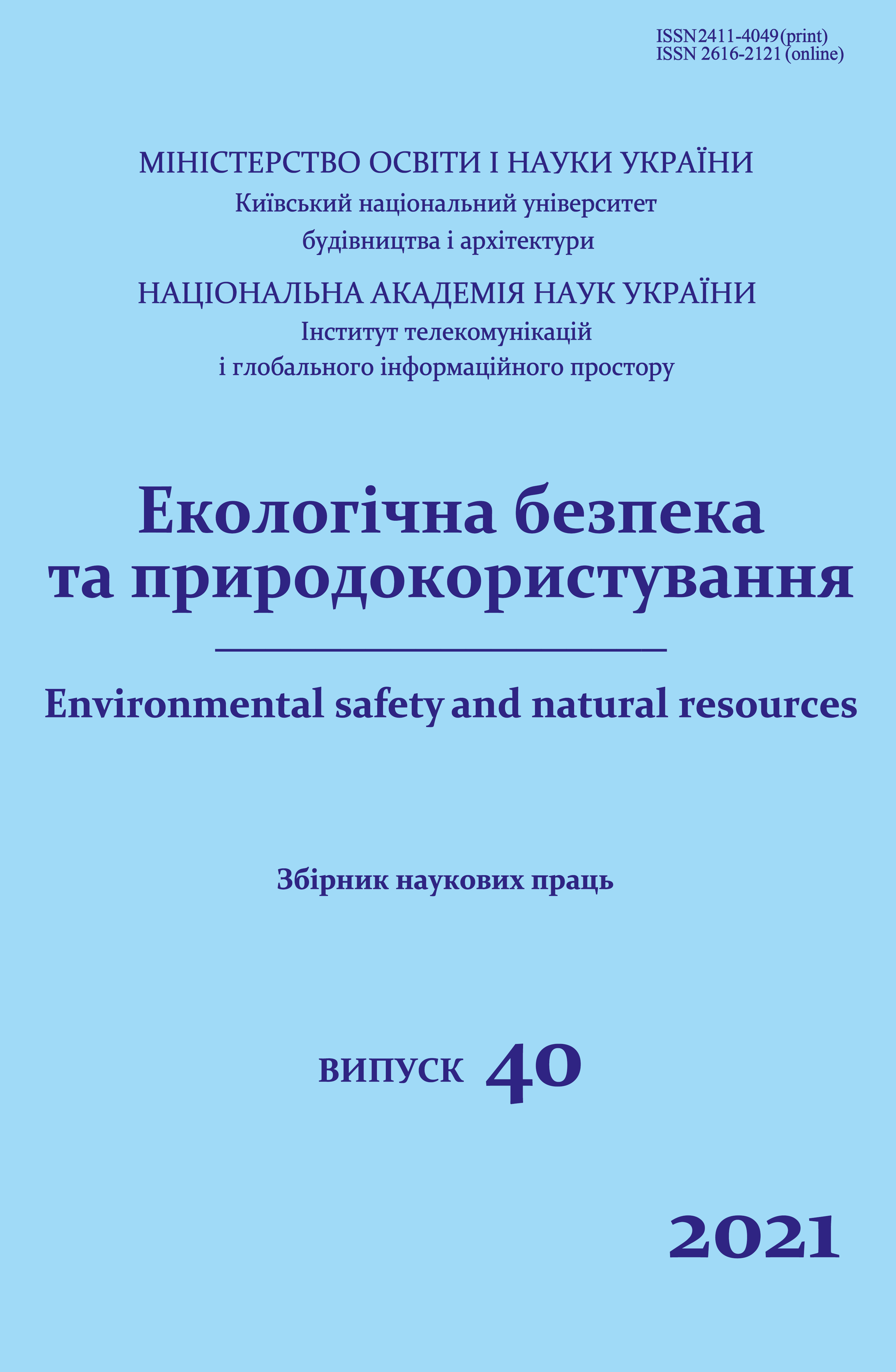Improving the methodology for analyses of the morphological composition of municipal solid waste with stratification approach
DOI:
https://doi.org/10.32347/2411-4049.2021.4.110-120Keywords:
solid waste management, stratification, representativeness, sample, mixed household wasteAbstract
First, problem-solving for solid waste management should be based on solid field analysis of their morphological composition. It is important to conduct research for both urban and rural settlements to obtain results that are more reliable. The aim of this article is to improve methodological approaches to determining the morphological composition of solid waste. From the data analysis, it is established that the lack of morphological composition of solid waste in the methodology of research requirements for representativeness of research results, error rate and common approaches to the research plan leads to the inability to compare the results of such studies and reduces their value. This study presents a new approach to determining the morphological composition of solid waste. The process of field research of morphological composition in Sumy city took place in 4 stages – preliminary research, sampling planning, field research, evaluation of results. Obtained results show the importance of using the requirements for statistical reliability of results. The application of such an approach allows us to unify the results of the study, and to compare the individual results of determining the morphological composition between settlements and by years.
References
Douglas, P., Freni-Sterrantino, A., Leal Sanchez, M., Ashworth, D. C., Ghosh, R. E., Fecht, D., et al. (2017). Estimating particulate exposure from modern municipal waste incinerators in Great Britain. Environmental science & technology, 51(13), 7511-7519.
Abylkhani, B., Guney, M., Aiymbetov, B., Yagofarova, A., Sarbassov, Y., Zorpas, A. A., et al. (2021). Detailed municipal solid waste composition analysis for Nur-Sultan City, Kazakhstan with implications for sustainable waste management in Central Asia. Environmental Science and Pollution Research, 28(19), 24406-24418.
Šramková, K., Šomplák, R., Nevrlý, V., Jirásek, P., Smejkalová, V., & Popela, P. (2021). Stratification and multi-representative optimization approach to waste composition analysis. Optimization and Engineering, 1-28.
Kropáč, J. I. Ř. Í., Gregor, J. I. Ř. Í., & Pavlas, M. A. R. T. I. N. (2020, May). Municipal Waste Composition Analysis – Approaches to and Solutions for Czech Waste Management. In 2nd International Conference on: Technologies & Business Models for Circular Economy: Conference Proceedings, International Conference on Technologies & Business Models for Circular Economy (Vol. 21, pp. 85-94).
Zhang, J., Qin, Q., Li, G., & Tseng, C. H. (2021). Sustainable municipal waste management strategies through life cycle assessment method: A review. Journal of Environmental Management, 287, 112238.
Sarigiannis, D. A., Handakas, E. J., Karakitsios, S. P., & Gotti, A. (2021). Life cycle assessment of municipal waste management options. Environmental Research, 193, 110307.
Mladenov, M. K. (2021). Potential of municipal solid waste generated in Bulgaria for energy production. Bulgarian chemical communications, 180.
Van der Sloot, H. A., Kosson, D. S., & Hjelmar, O. (2001). Characteristics, treatment and utilization of residues from municipal waste incineration. Waste Management, 21(8), 753-765.
Nizar, M., Munir, E., & Munawar, E. (2021). Analysis of the Composition of Household Waste from the Community within the Framework of a Waste Prevention and Reduction Strategy. Ecological Engineering & Environmental Technology, 22.
Krainov, I. P., Kryliuk, V. M., & Prokopchuk, O. L. (2014). Distribution of solid household waste by morphological composition for use as an alternative fuel (in Ukrainian).
Pohribnyi, I. Ya. (2012). Problems of determining the morphological composition of solid waste taking into account modern processing conditions. Efficient economy, (11) (in Ukrainian).
Sigal, O., Boulanger, Q., Vorobiov, L., Pavliuk, N., & Serhiienko, R. (2018). Research of Energy Characteristics of Municipal Solid Waste in Cherkassy.
Azarov, V. N., Stefanenko, I. V., Azarov, A. V., Menzelintseva, N. V., & Statyukha, I. M. (2020, August). Morphological composition of municipal solid waste in urban areas (on the Dagestan Republic example). In IOP Conference Series: Materials Science and Engineering (Vol. 913, No. 5, p. 052061). IOP Publishing.
Özer, B., & Yay, A. S. E. (2021). Comparative life cycle analysis of municipal waste management systems: Kırklareli/Turkey case study. Environmental Science and Pollution Research, 1-11.
Dvalishvili, N. L., & Tabatadze, M. S. (2019). The influence of municipal solid waste of Georgia on climate changes. In Waste Management and Resource Efficiency (pp. 189-194). Springer, Singapore.
Downloads
Published
How to Cite
Issue
Section
License
Copyright (c) 2021 Ihor V. Satin, Olena S. Panchenko

This work is licensed under a Creative Commons Attribution 4.0 International License.
The journal «Environmental safety and natural resources» works under Creative Commons Attribution 4.0 International (CC BY 4.0).
The licensing policy is compatible with the overwhelming majority of open access and archiving policies.

